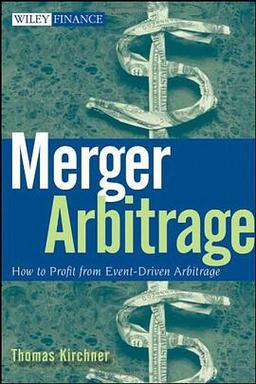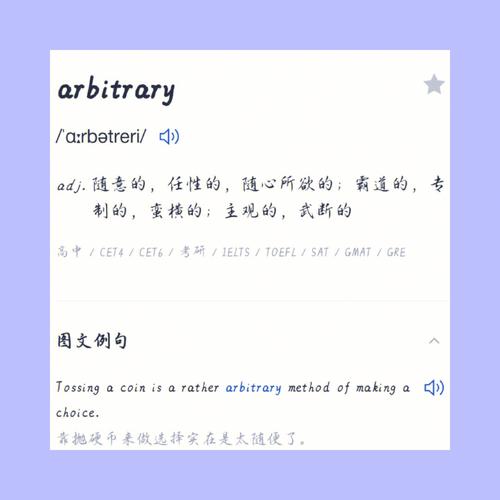
Arbitrage ETH: A Comprehensive Guide for Beginners
Arbitrage ETH, or Ethereum arbitrage, is a sophisticated trading strategy that involves taking advantage of price discrepancies across different exchanges. As a beginner, you might be wondering what it’s all about and how you can get involved. In this article, we’ll delve into the intricacies of arbitrage ETH, covering everything from the basics to advanced techniques.
Understanding Arbitrage ETH
Arbitrage ETH is essentially the process of buying ETH at a lower price on one exchange and selling it at a higher price on another. This strategy capitalizes on the fact that different exchanges may have varying prices for the same asset due to various factors such as liquidity, trading volume, and market sentiment.

Here’s a simple example to illustrate the concept:
| Exchange | ETH Price | Transaction Fee |
|---|---|---|
| Exchange A | $2,000 | $10 |
| Exchange B | $2,050 | $15 |
In this scenario, you could buy ETH from Exchange A for $2,000 and sell it on Exchange B for $2,050, netting a profit of $45 after accounting for transaction fees. This is a basic example, and real-world arbitrage opportunities are often more complex.
Identifying Arbitrage Opportunities
Identifying arbitrage opportunities requires a keen eye for detail and access to real-time data. Here are some key tools and techniques to help you spot potential arbitrage opportunities:
- Price Aggregators: Platforms like CoinGecko and CoinMarketCap provide real-time price data for ETH across various exchanges, making it easier to compare prices.
- APIs: Many exchanges offer APIs that allow you to retrieve price data programmatically. This can be particularly useful if you’re looking to automate your arbitrage strategy.
- Arbitrage Bots: There are several arbitrage bots available that can help you identify and execute arbitrage opportunities automatically.
When identifying arbitrage opportunities, it’s crucial to consider transaction fees, liquidity, and market volatility. High transaction fees and low liquidity can eat into your profits, while market volatility can lead to unexpected price movements.

Executing Arbitrage ETH
Once you’ve identified a potential arbitrage opportunity, the next step is to execute the trade. Here’s a step-by-step guide to help you get started:
- Open Accounts: Create accounts on the exchanges where you plan to buy and sell ETH.
- Deposit Funds: Transfer funds to the exchange where you’ll be buying ETH.
- Buy ETH: Purchase ETH at the lower price on the first exchange.
- Withdraw ETH: Withdraw the ETH to your wallet or another exchange.
- Sell ETH: Sell the ETH at the higher price on the second exchange.
- Withdraw Profits: Withdraw the profits from the second exchange to your wallet or bank account.
It’s important to note that executing arbitrage ETH can be time-sensitive, as prices can change rapidly. Additionally, you should always be aware of the risks involved, such as slippage (the difference between the expected price of a trade and the price at which the trade is executed) and exchange fees.
Advanced Arbitrage Techniques
As you gain experience with arbitrage ETH, you may want to explore more advanced techniques to maximize your profits. Here are a few options:
- Pair Arbitrage: This involves taking advantage of price discrepancies between two different pairs of assets. For example, you could buy ETH on Exchange A and sell it for BTC on Exchange B, then sell the BTC for USD on Exchange C.
- Time Arbitrage: This technique involves taking advantage of price discrepancies that occur over time. For example, you could buy ETH at a lower price during off-peak hours and sell it at a higher price during peak hours.
- <



